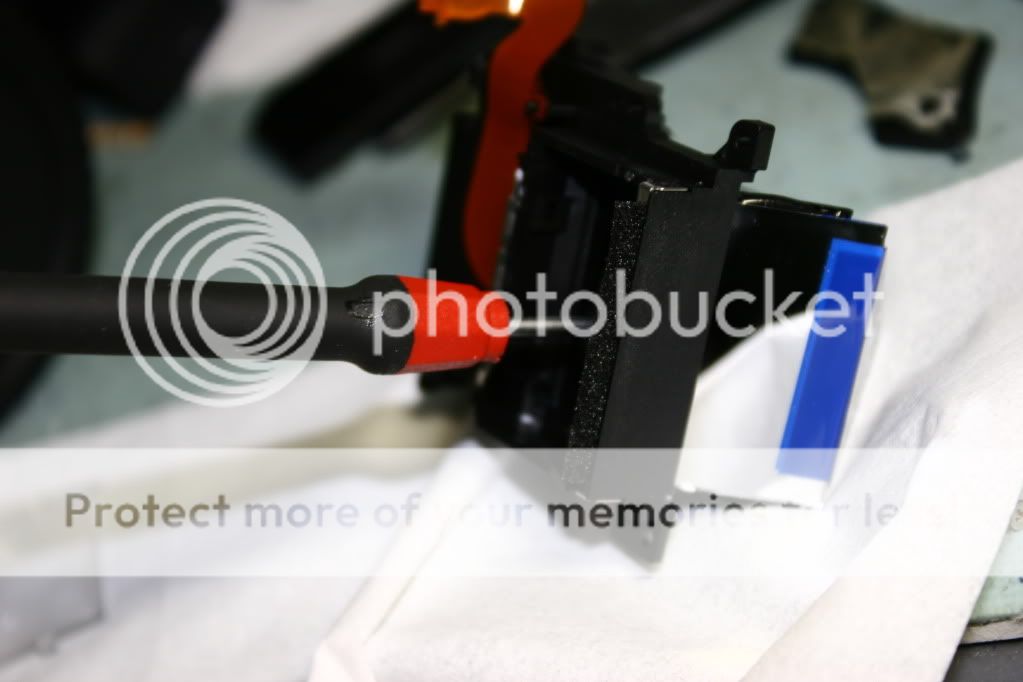I think avsquare already explain to you again.
anyway, do you use a dry cabinet for your gears? if you don't have, this is the best time to get one, consider you already spend a few thousands on your camera and lenses, it is just a small cost to prevent fungus growing.
Actually now dry cabinet very headache, Aipo got problem, and my Friend's Digi Cabi also got the exact same problem, which is off by about 10. Don't know still got what brand good and reliable.....
TS better get your fungus-hit camera cleaned fast, and at the same time buy another hygrometer to check if there's anything wrong with your dry cabinet. If the fungus spread to other gears, you will have a big hole burnt in your wallet then...

